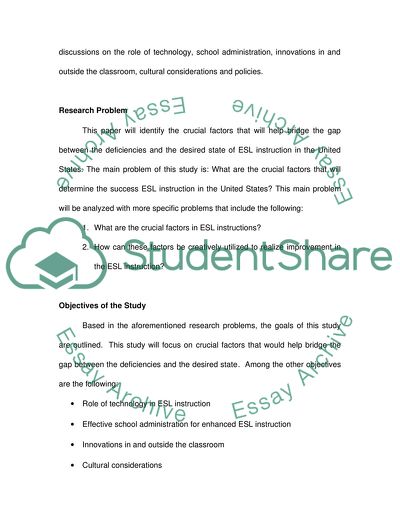Cite this document
(Enhancing Instruction of the English Language in the United States Research Proposal, n.d.)
Enhancing Instruction of the English Language in the United States Research Proposal. https://studentshare.org/politics/1724868-secondary-esl-students
Enhancing Instruction of the English Language in the United States Research Proposal. https://studentshare.org/politics/1724868-secondary-esl-students
(Enhancing Instruction of the English Language in the United States Research Proposal)
Enhancing Instruction of the English Language in the United States Research Proposal. https://studentshare.org/politics/1724868-secondary-esl-students.
Enhancing Instruction of the English Language in the United States Research Proposal. https://studentshare.org/politics/1724868-secondary-esl-students.
“Enhancing Instruction of the English Language in the United States Research Proposal”. https://studentshare.org/politics/1724868-secondary-esl-students.


